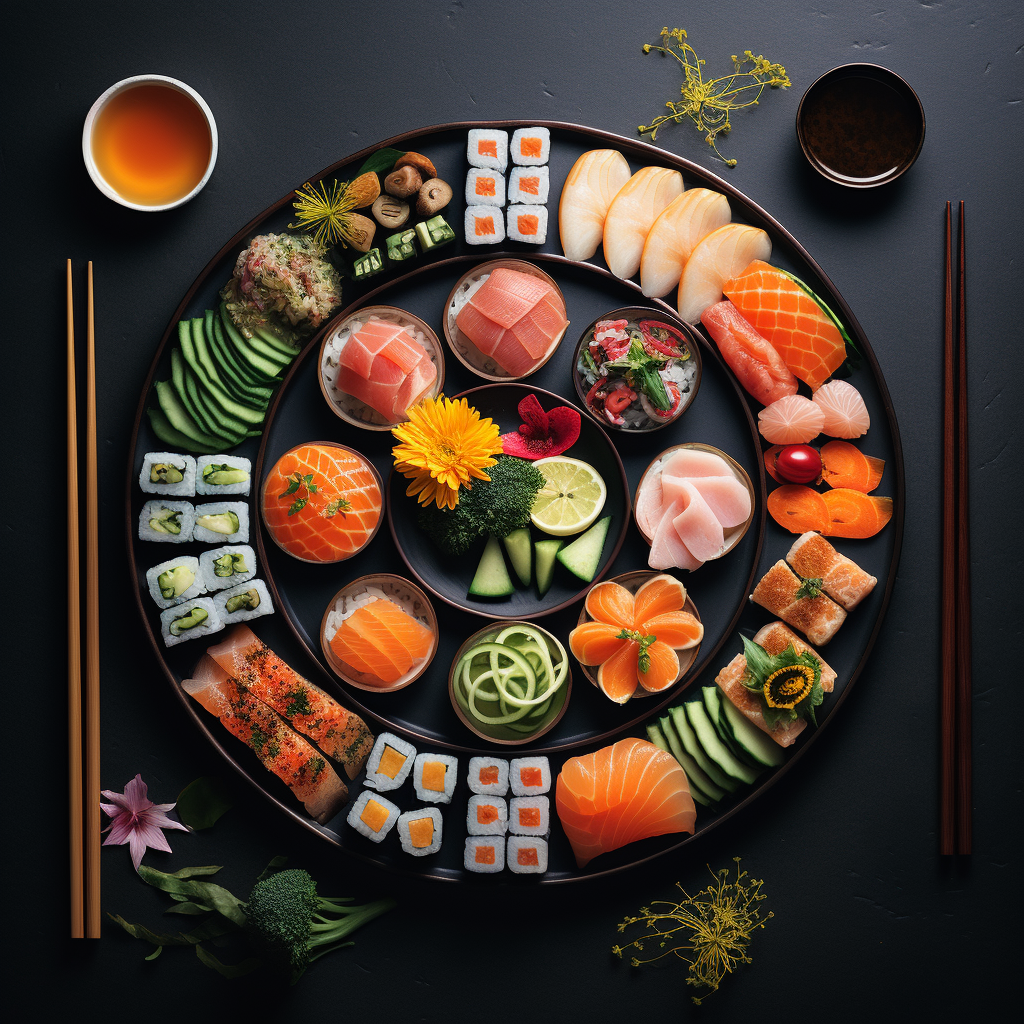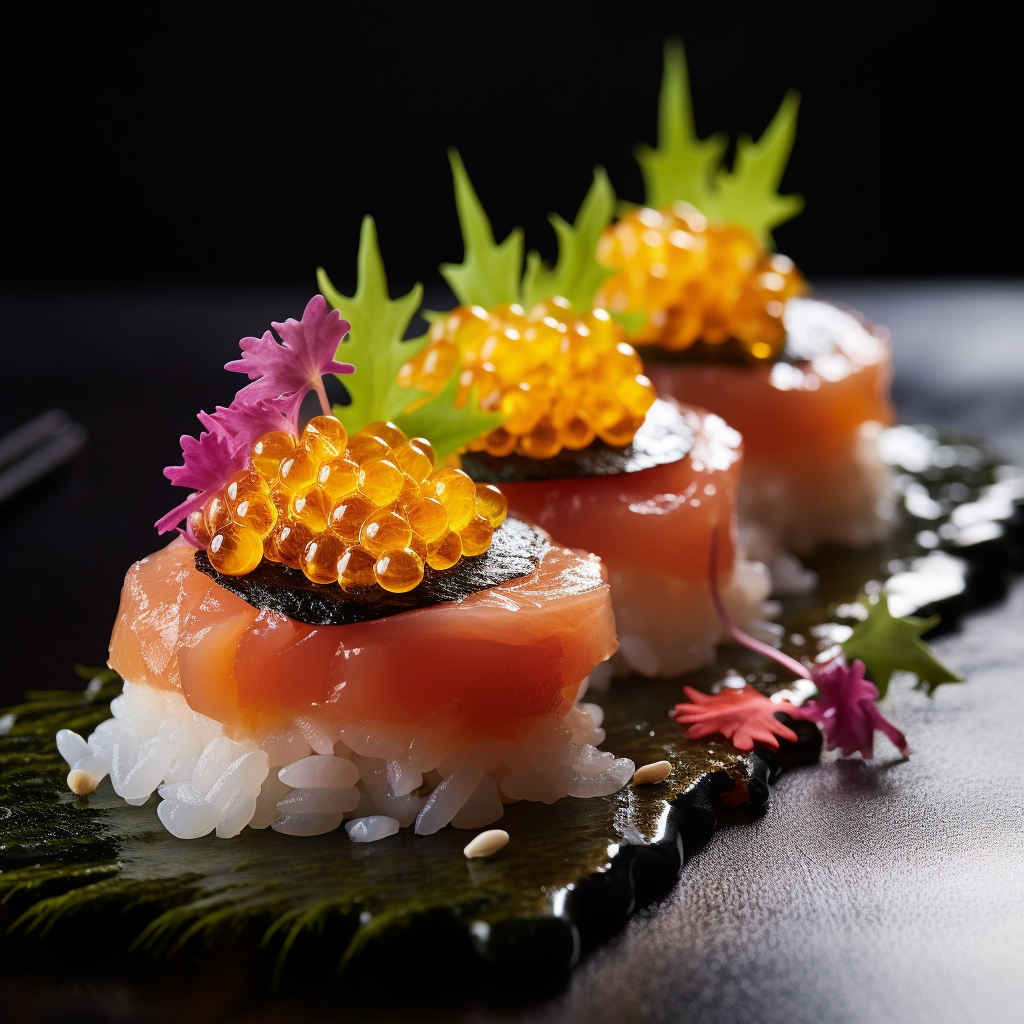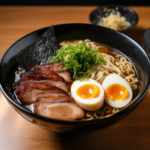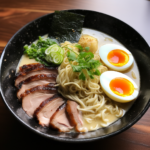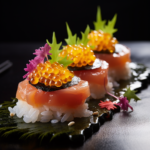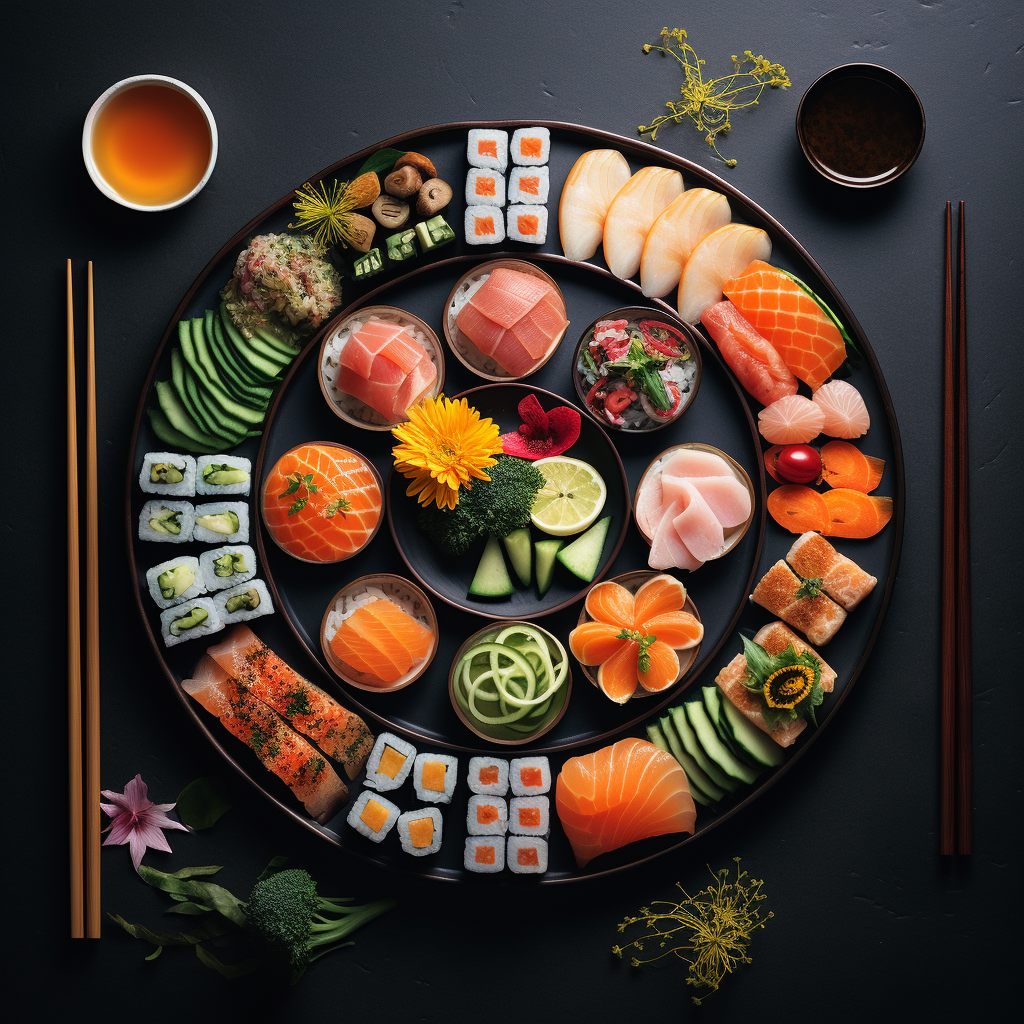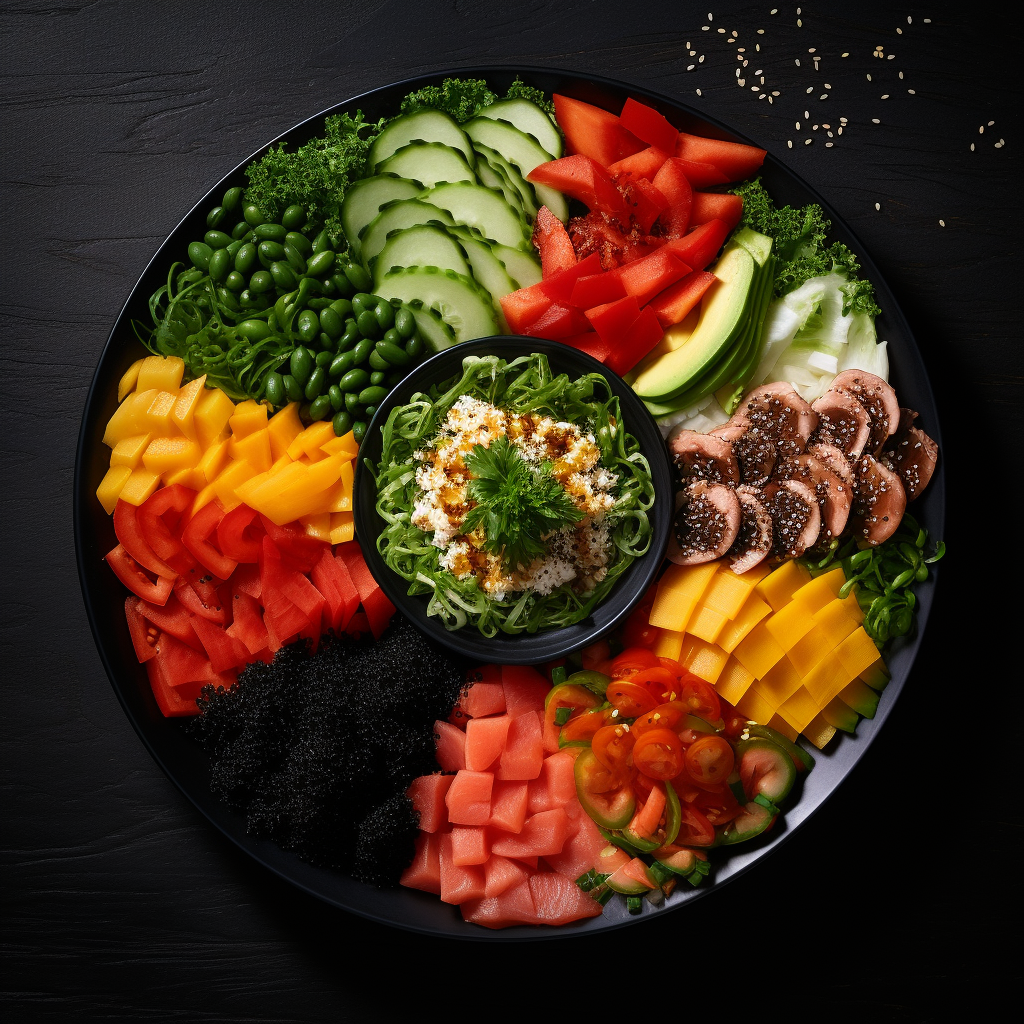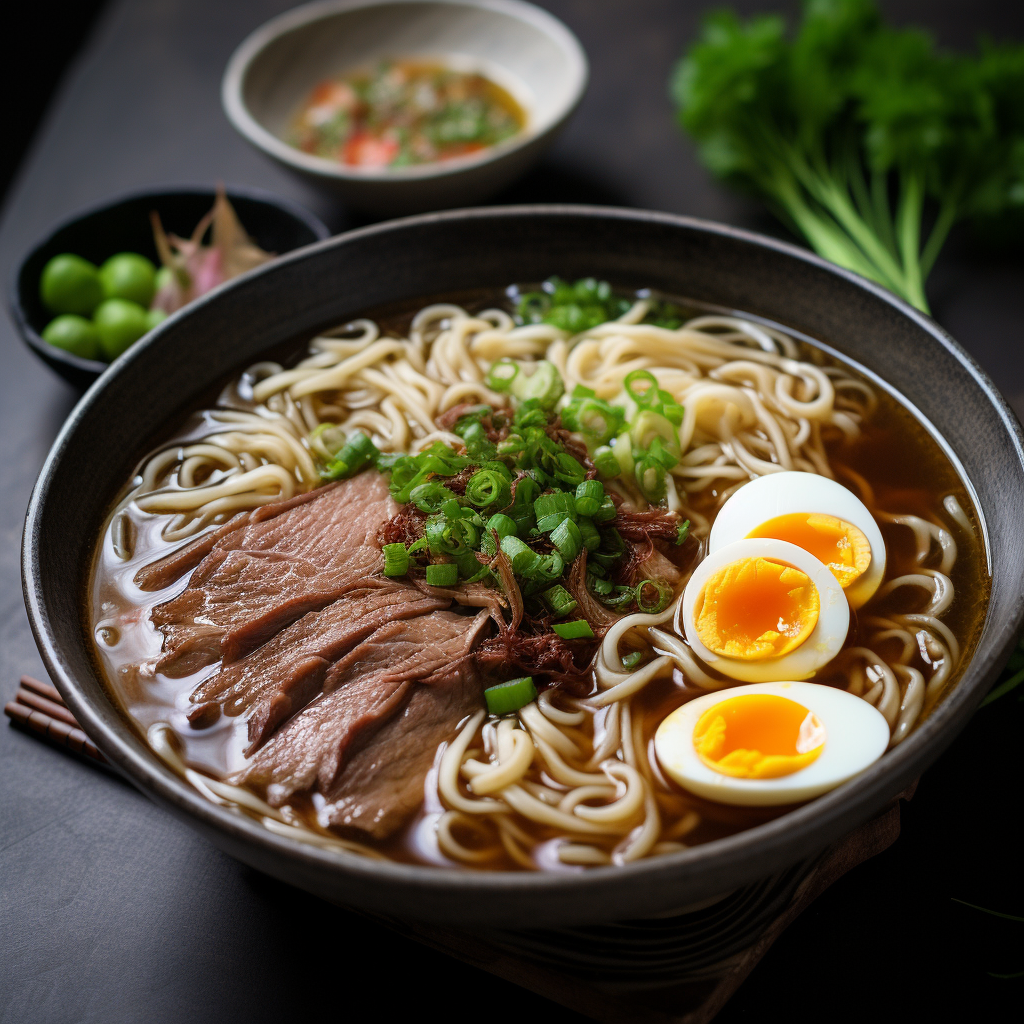Introduction:
A savory delicacy cherished around the globe, Ikura, also known as salmon roe, offers a taste of the sea unlike any other. A traditional part of Japanese cuisine, it’s often served with rice or utilized as an exquisite garnish that adds visual and culinary appeal to an array of dishes. Today we’ll delve into the intricacies of Ikura, its culinary uses, and pairing options like the treasured elixir, Sake.
The Allure of Ikura:
Originating from the chilly waters of the Northern Pacific, Ikura, the Japanese term for salmon roe, signifies the raw, untamed essence of the ocean. Harvested at prime condition when the salmon mature, each small, round pearl offers a substantial burst of umami, tinged with salty appeal and a sweet, subtly fishy flavor.
Ikura: On Rice or as Garnish:
Ikura is the crowning glory of many Japanese dishes. Enjoyed over rice, it forms the centerpiece of the delectable “Ikura Don”, a bowl comprised of sushi rice and generous servings of Ikura. The classic simplicity of this dish allows the salmon roe to shine, its rich flavors complementing the subtle, natural sweetness of the rice.
As a garnish, Ikura injects a splash of color and a gustatory punch to dishes. Be it on top of sushi, mixed with stir-fries, or just enhancing a salad, Ikura’s distinctive flavor profile makes it a versatile ingredient in the culinary world.
Ikura and Sake: A Match Made in Heaven:
While Ikura stands impressive on its own, the experience is elevated when paired with Japan’s iconic national beverage – Sake. This rice wine’s smooth, slightly sweet flavor beautifully counterbalances the salty punch of Ikura, making them an irresistible duo.
Conclusion:
Ikura, with its tantalizing burst of oceanic flavors, represents not just a dish, but a culinary journey one should experience. From rice bowls to garnishes and perfect pairings with Sake, this exquisite delicacy bridges the gap between tradition and enjoyment.
Engage With Us:
We invite you to experience this delicacy and share your thoughts in the comments below. To continue your culinary journey with us, subscribe to our newsletter for more insightful food chronicles.

